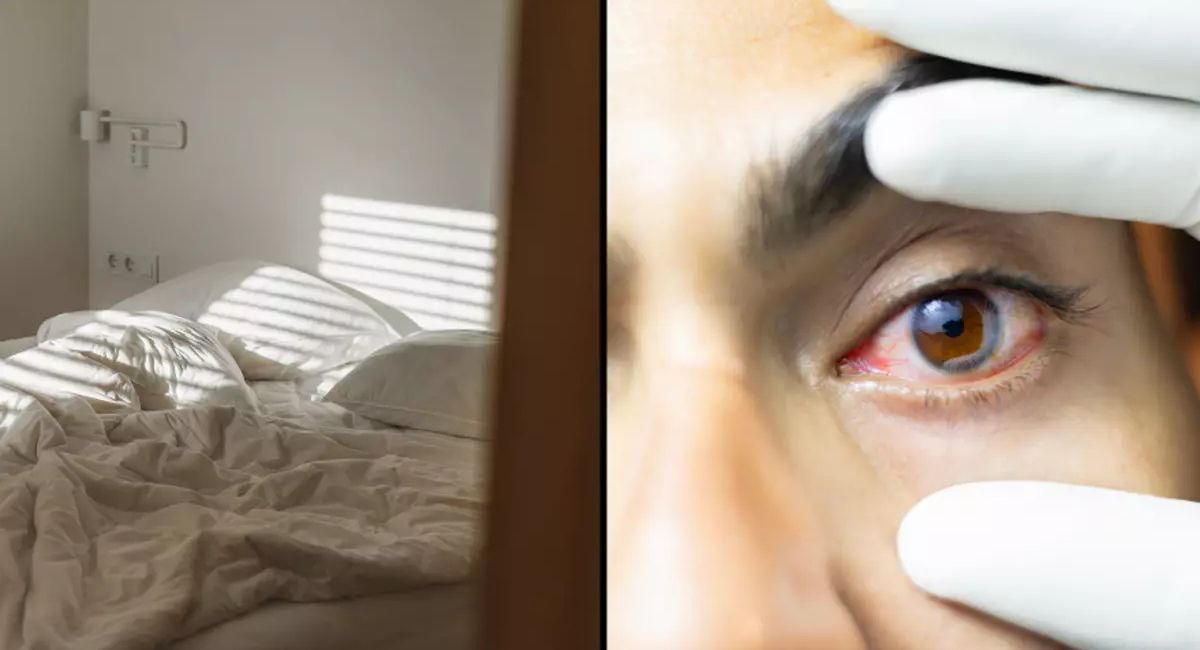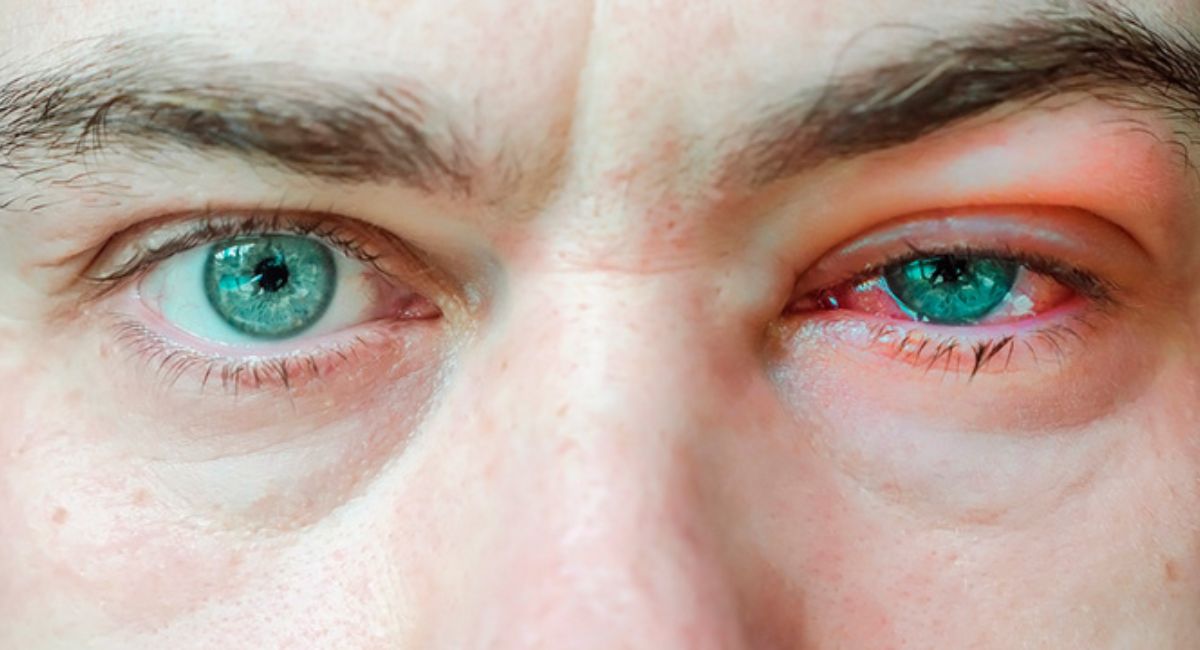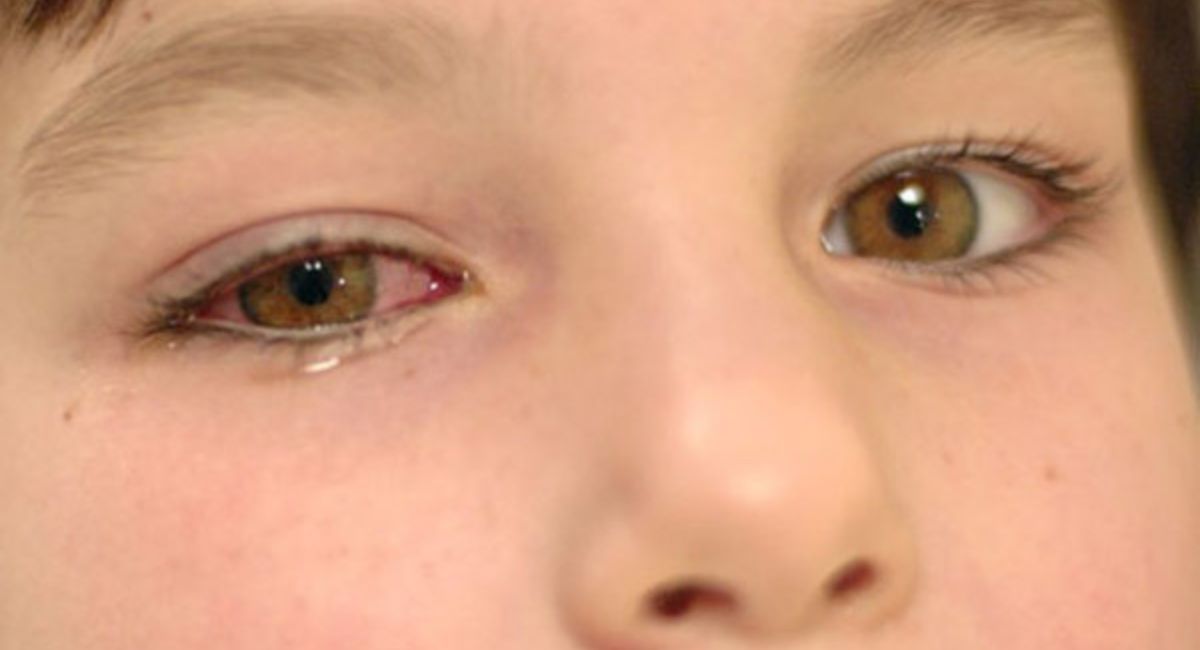Ever heard someone ask, “Can You Get Pink Eye from Farting on a Pillow” and wondered if it’s actually true? You’re not alone. This strange idea has been floating around for years—thanks to movies, jokes, and wild pranks—and it leaves people both curious and a little grossed out. Nobody likes waking up with itchy, red, watery eyes, so it’s natural to want a straight answer.
In this post, we’ll cut through the myths and get to the facts. You’ll learn what really causes pink eye, how it spreads, and why farting on a pillow isn’t the culprit. Along the way, we’ll clear up common misconceptions, explain real treatments, and share practical tips to keep your eyes healthy. By the end, you’ll know exactly what’s fact, what’s fiction, and how to protect yourself.

Common Causes of Pink Eye
Many people ask, “what causes conjunctivitis in babies” or adults, and the answer varies. The most common causes are viruses, bacteria, allergens, and irritants. With viral conjunctivitis, symptoms usually appear alongside a cold or flu. Bacterial conjunctivitis, on the other hand, produces thicker discharge and often requires antibiotics for eye infection. Allergic conjunctivitis is triggered by pollen, dust, or pet dander, and while not contagious, it can make eyes extremely uncomfortable.
Other irritants can also trigger eye inflammation. For example, chlorine eye irritation is common among swimmers, and people exposed to smoke or chemicals may also develop conjunctivitis. Poor eye health and hygiene, such as ignoring contact lens hygiene or using contaminated eye makeup, raises the risk of infection. Parents especially need to watch for children and pink eye, since messy play and shared toys make kids more likely to spread germs.

Can Farts Really Cause Pink Eye?
The idea that a fart on a pillow can give someone conjunctivitis has been around for years. Movies like Knocked Up helped spread this unusual myth, making people wonder, “can you get pink eye from a fart”? The theory suggests that releasing gas on a pillow leaves bacteria behind, which then infects the eye when someone sleeps on it.
However, the science doesn’t support this claim. Flatulence is mostly methane, hydrogen, and carbon dioxide. While bacteria do live in the digestive tract, they don’t survive well outside the body. By the time the pillow is used, there’s no viable bacteria left to cause an eye infection. Simply put, farting on a pillow doesn’t cause pink eye. It’s a myth that makes people laugh, but it doesn’t hold up under scientific study.
How Pink Eye Actually Spreads
If farts aren’t the culprit, then how does conjunctivitis spread? The truth is, contagious eye conditions spread through direct and indirect contact. Touching your eye with dirty hands, sharing towels, using another person’s makeup, or resting on unwashed bedding can all pass on the infection. That’s why so many cases of playground transmission of pink eye happen in schools where kids share supplies and forget about handwashing.
Airborne spread is rare, but in some forms of viral conjunctivitis, coughing and sneezing can send the virus into the air. This explains why outbreaks sometimes appear in dorms, gyms, or office spaces. To stop the spread, focus on hygiene practices to prevent pink eye, such as frequent handwashing, not sharing personal items, and washing linens separately. If you’re wondering, “how to clean sheets with pink eye”, the answer is simple: use hot water, detergent, and keep them apart from the rest of your laundry.
Myths and Misconceptions About Pink Eye
Plenty of myths surround conjunctivitis. A popular one is the “myth about pink eye and blindness”. While untreated cases can sometimes cause complications, pink eye doesn’t normally cause permanent damage. Another common misunderstanding is the belief that pink eye spread through looking at someone. This sounds more like folklore than medicine, and there’s no evidence it can happen.
Other misconceptions include the idea that everyone with conjunctivitis must isolate or that only kids get the condition. Many adults ask, “can adults get pink eye”, and the answer is yes. Factors like work environments, eye makeup contamination, or poor hygiene can all lead to infection. These conjunctivitis myths and facts remind us how important it is to rely on science instead of hearsay.
Pink Eye vs. Other Eye Conditions
People often confuse conjunctivitis with other eye problems, leading to the question: “how to know if it’s pink eye or something else”. One common mix-up is the difference between red eye and pink eye. Red eye is a general symptom that can result from dryness, allergies, or irritation, while pink eye specifically refers to inflamed conjunctiva.
Doctors also warn that serious conditions like pink eye vs glaucoma, scleritis, or corneal infections may look similar at first. This is why an eye doctor consultation is important when symptoms don’t improve. Identifying the correct cause ensures the right treatment and prevents unnecessary complications.

How to Prevent Pink Eye
Preventing conjunctivitis isn’t complicated, but it does require effort. Simple steps like washing your hands regularly, not rubbing your eyes, and practicing eye safety and cleanliness can go a long way. Parents should also help by teaching kids the importance of handwashing and not sharing toys that touch their face.
Keeping personal items separate is equally important. Towels, pillowcases, and blankets should be washed separately during an infection. Proper contact lens hygiene prevents bacteria from building up on lenses, and discarding old makeup reduces the risk of eye makeup contamination. By sticking to these habits, you’ll significantly reduce eye irritation causes and infections.
Treatment Options for Pink Eye
Many people ask, “does pink eye go away on its own”, and the answer is often yes. Most mild cases of conjunctivitis disappear in about a week. But there are options that help manage discomfort. Home remedies for pink eye, such as using a warm compress for eyes, applying cold packs for swelling, or using lubricating eye drops for conjunctivitis, can bring relief.
More serious cases require medical treatment. Antibiotics for eye infection may be prescribed for bacterial forms, while allergy-related cases benefit from antihistamines. For babies, doctors treat neonatal conjunctivitis right away because of the risks. If you’re wondering about the best pink eye treatment at home, it’s usually rest, cleanliness, and over-the-counter eye drops unless your doctor recommends otherwise.
When Pink Eye Requires Medical Attention
While conjunctivitis is usually mild, sometimes it needs professional care. If you develop blurred vision, severe pain, a rash, or fever, it’s time to see a doctor. A key sign of concern is if your eye produces yellow or green discharge that doesn’t improve, which could point to symptoms of bacterial pink eye vs viral pink eye.
Another reason to get help is when you’re unsure “do I need to isolate with pink eye”. Only bacterial cases are contagious, but a doctor can confirm the type. For newborns, parents should never delay care, since “is pink eye dangerous for newborns” is not just a question—it’s a serious medical reality. Early treatment prevents infections from spreading to other parts of the body.
Final Thoughts: Separating Myths from Reality
So, can you get pink eye from a fart? The simple answer is no. The myth may make for a funny story, but it doesn’t reflect medical truth. Real causes include viruses, bacteria, allergies, and irritants, not flatulence.
Pink eye is common and uncomfortable, but with proper eye health and hygiene, treatment, and awareness, it rarely becomes a serious problem. If you’re ever unsure “how long does pink eye last”, remember it usually clears within 7 to 10 days. Use reliable pink eye treatment at home, see a doctor when symptoms worsen, and don’t let myths cloud your understanding of this everyday condition.
FAQs
Q: Can you get pink eye from farting on a pillow?
A: No. The bacteria or viruses that cause pink eye cannot be transmitted through flatulence.
Q: What’s the most common way to get pink eye?
A: Touching your eyes with contaminated hands or sharing personal items with an infected person.
Q: Can dirty pillows cause eye infections?
A: Yes, if they are contaminated with bacteria, allergens, or irritants — but not from farting.
Q: Is pink eye dangerous?
A: Most cases are mild and resolve in 1–2 weeks, but severe or persistent symptoms should be checked by a doctor.
Q: How can I tell if my pink eye is viral or bacterial?
A: Only a healthcare provider can confirm, but bacterial cases often have thicker discharge.

